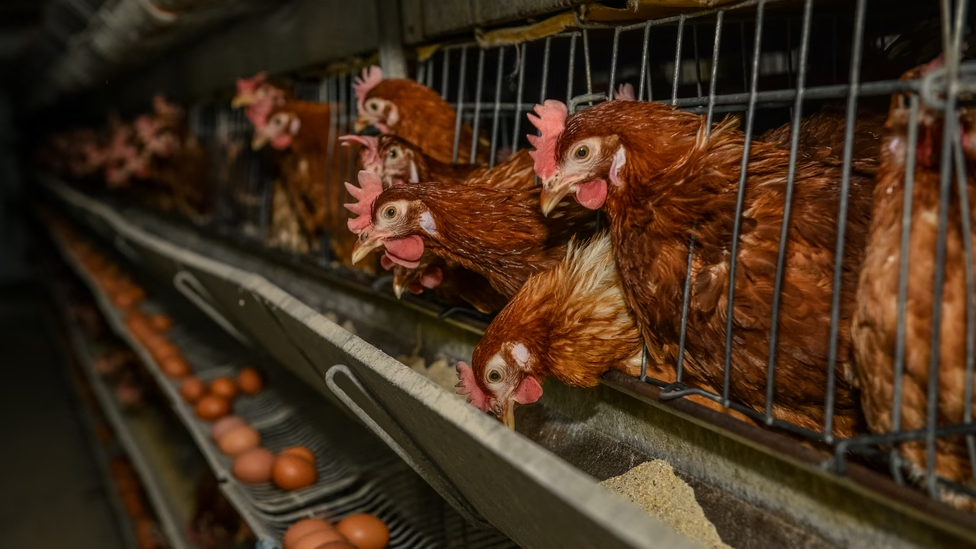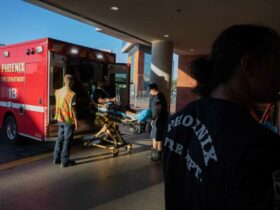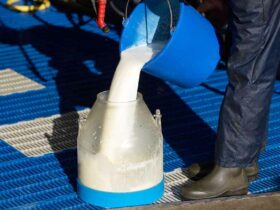United States: USDA tests did not detect any avian flu virus in raw beef. However, caution is advised when consuming it.
Regarding Safety Tests
As part of safety assessments following the detection of H5N1 in dairy cows, the USDA added a replica virus to ground beef, testing patties at different times and temperatures.
Scientists found that burgers cooked to 145 degrees did not eliminate the virus, while those cooked to 160 degrees effectively terminated it.
According to Eric Deeble, acting senior adviser for highly pathogenic avian influenza at the USDA, they have found some live virus traces in those patties cooked for over 120 degrees, where the virus was present “at much, much-reduced levels,” as CNN Health reported.

USDA’s Recommendations
The USDA recommends cooking burgers or minced beef to 160 degrees, measured by a food thermometer, to prevent bacterial infections like salmonella and E. coli.
Deeble said, “I don’t think that anybody needs to change any of the safe food handling or safe cooking practices that are already recommended,” as CNN Health reported.
The USDA also announced new government funding of $22 million to support animal health, focusing on the Animal Disease Preparedness and Response Program and the National Animal Medicine Laboratory Network.
According to Deeble, “There are some labs that have equipment that needs to be updated or upgraded and additional folks that are interested in adding capacity to the laboratories that they operate. And so this funding is going to help support those types of projects,” as said on Thursday.
From May 6 to May 12, the national lab network conducted 1,100 tests for bird flu H5N1 in cattle. Initially, 278 samples were presumptively positive. Deeble warned that the statistics might be skewed due to multiple samples from the same animal or pooled testing.
Approximately 600 samples were processed following a USDA order requiring testing of dairy cattle going to other states. The results of repeated testing on symptomatic animals totaled 450 tests.
The USDA noted that its defenders, who are financially compensated for actions against their herds and workers to prevent the virus’s spread, have not been properly signed up due to issues with the forms. Mr. Deeble required the documents to be ready by the middle of the previous week.











Leave a Reply